Featured Comment:
“it was very time consuming but so worth it, the broth was delish and served cold so it was perfect for summer 🌞”
– @rv.cooks (from Instagram)
What is Tempura Soba?
Tempura soba (also known as “tensoba” for short) is like two classic Japanese dishes in one. Soba noodles are served in a hot dashi broth, which on its own this dish is known as “kake soba”. (You can check out my kake udon recipe here too!)
The kake soba is then topped with a variety of tempura, a popular dish made by frying ingredients in a light crispy batter. Shrimp is the most common ingredient served on tempura soba, but a variety of vegetables can be used too.
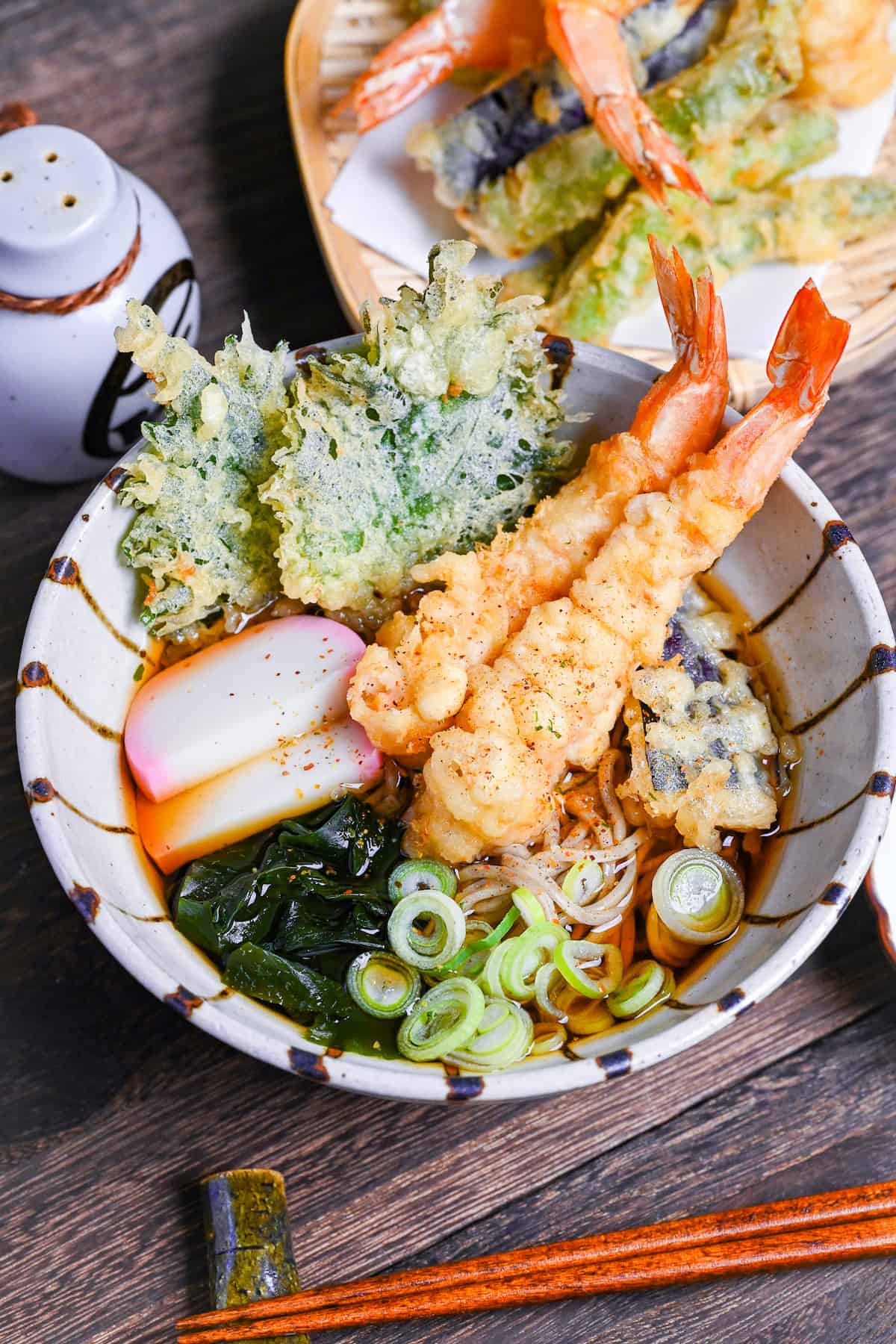
Visual Walkthrough & Tips
Here are my step-by-step instructions for how to make Tempura Soba at home. For ingredient quantities and simplified instructions, scroll down for the Printable Recipe Card below.
Remove shells from 8 giant tiger prawns, keeping the tails intact, and devein.
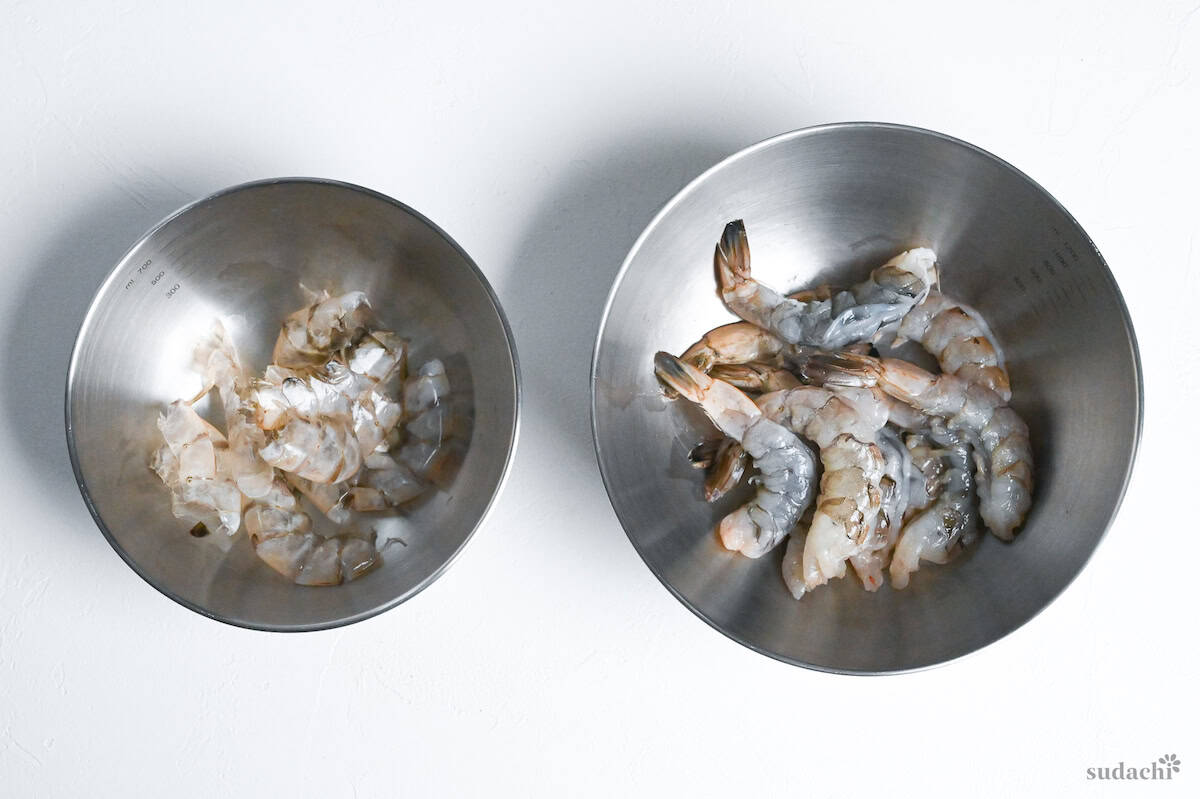
In a bowl, mix prawns with salt and cornstarch, then rinse and pat dry.
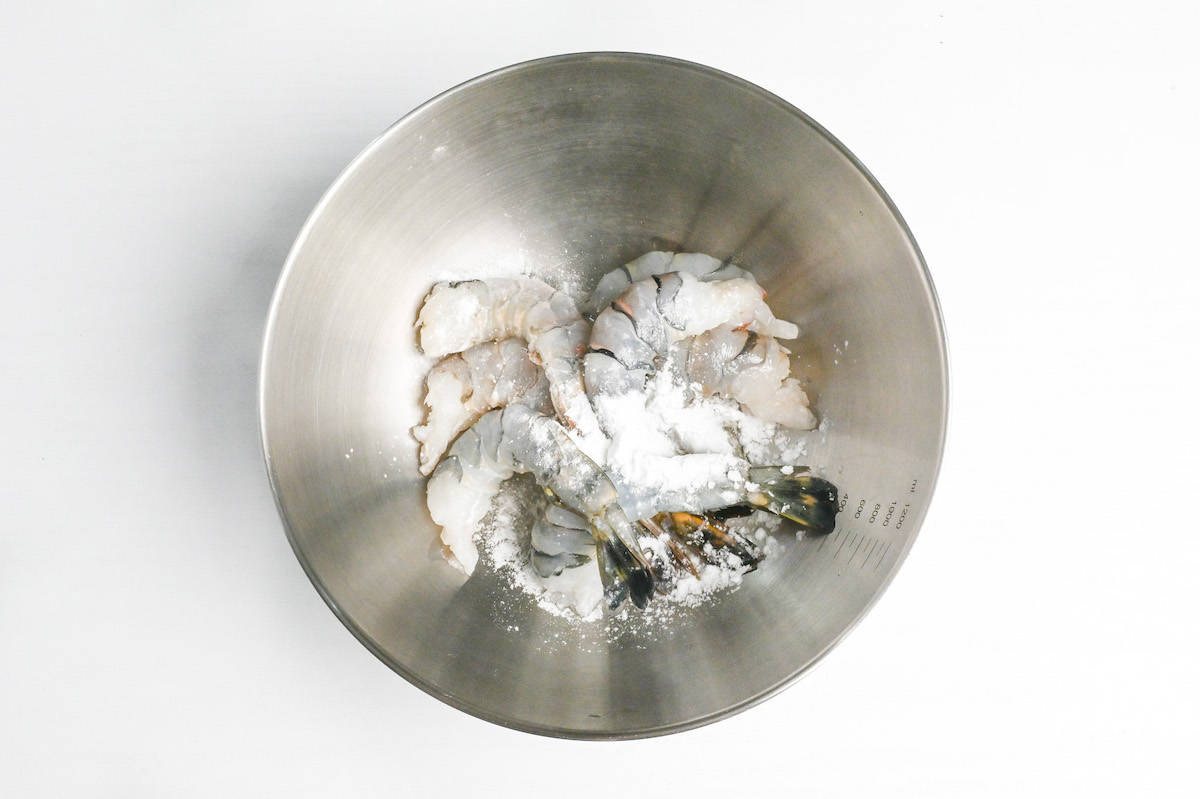
Trim tails diagonally for safety during frying and presentation.
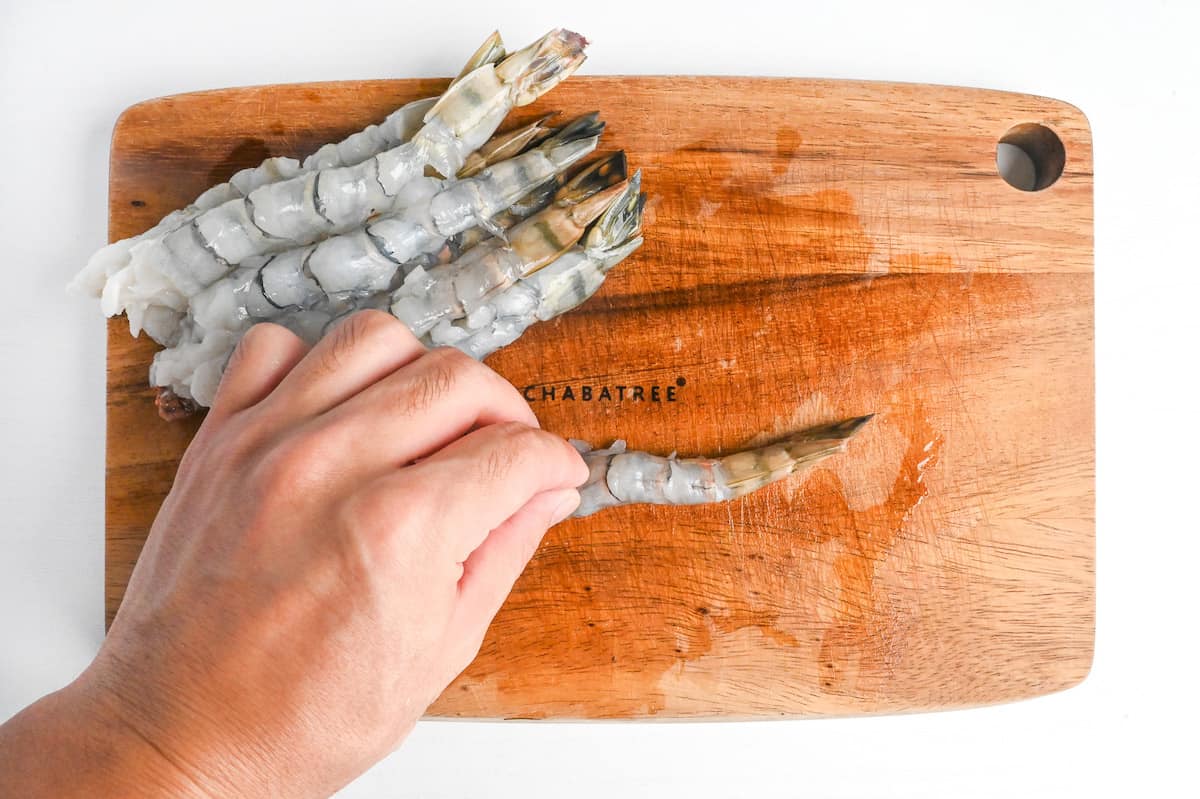
Make diagonal cuts along the prawn’s underbelly.
For better batter, prepare all ingredients beforehand. Deshell and devein shrimp, wash and dry vegetables, and cut properly. Soak eggplant or potatoes in cold water for 5-10 mins.
Other ingredient ideas for tempura include the following:
- Sweet Potato
- Other Mushrooms
- Lotus Roots (Renkon)
- Bell Peppers
- Broccoli
- Okra
- Squid
- Octopus…etc
Mix cold and sparkling water with an egg, removing foam.
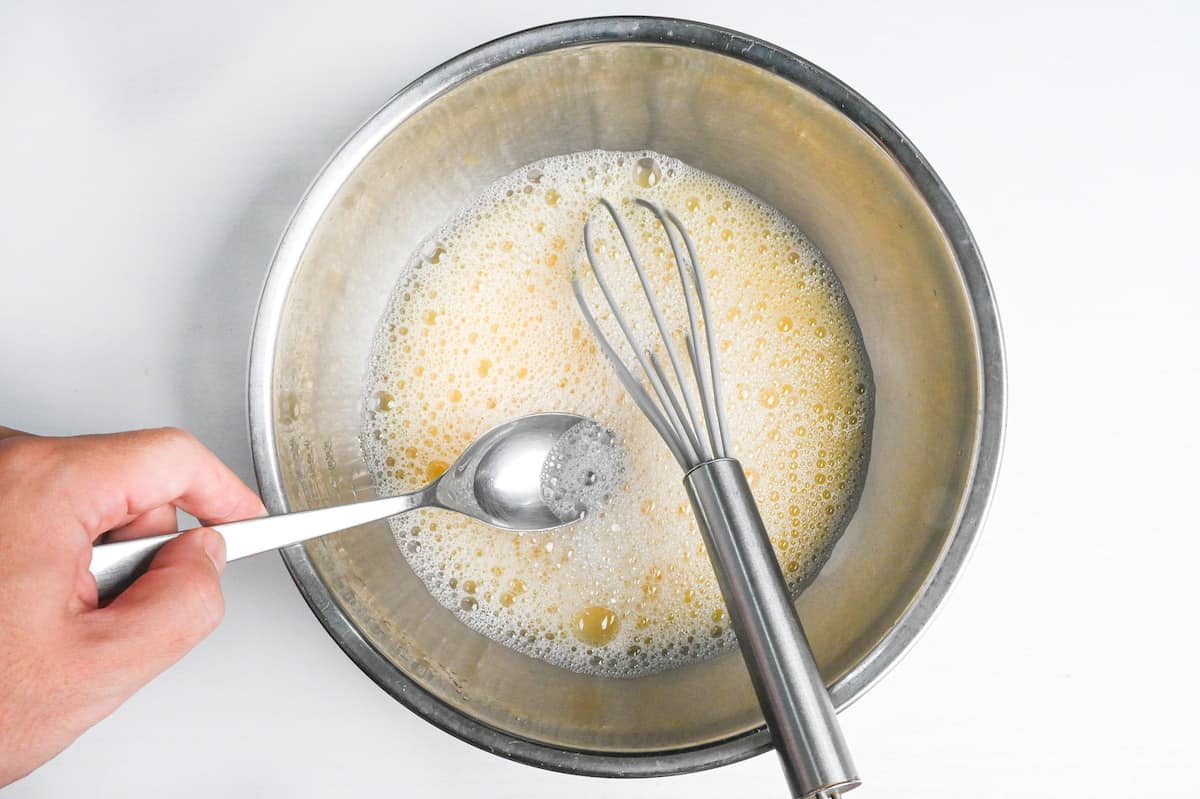
Add chilled cake flour and cornstarch in portions, mixing roughly.

Dust prawns and vegetables (shiitake mushrooms, eggplant, perilla leaves) with starch or flour.
Chill your ingredients very well before making tempura. A cold batter reacts strongly when it hits hot oil, making it puff up quickly. Chill every ingredient, including the flour, for at least 30 minutes before using. Keep mixed batter in the fridge or freezer between frying batches.
Dip ingredients in batter and fry in preheated oil at 180°C, cooking similar ingredients together and keeping the batter chilled.
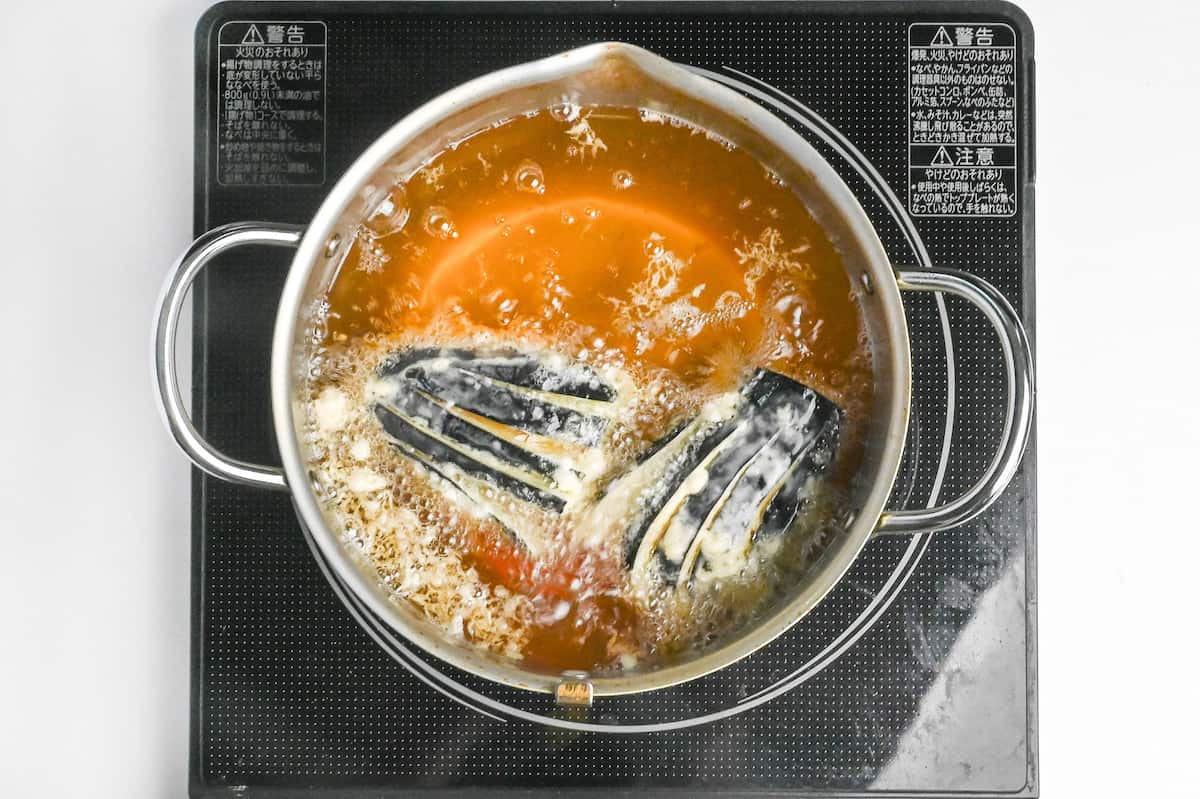
It’s important not to overmix your batter. One of the characteristics of tempura is the bubbly texture, and if your batter is too smooth, then the surface of your tempura will look too flat.
To avoid this, rather than using a whisk, I use chopsticks (a spatula is also fine) and draw crosses in the mixture rather than actually mixing it.
This is the rare case where a lumpy batter is a good thing!
To make tempura, use an oil with a high smoke point, such as vegetable, canola, or peanut oil. Professional chefs in Japan use white sesame oil, but it’s expensive. Fry at around 180°C (355°F) to avoid oily/soggy batter (if temp is too low) or too dark batter (if too high).
When frying tempura, you will find pieces break off and float around in the oil. Make sure to remove them between batches otherwise they will burn and make your oil bitter, spoiling future batches.
In Japan, we call these little pieces of tempura batter “tenkasu” and we save them for other dishes! Just place them on kitchen paper to absorb the excess oil and then keep them in a zip lock bag in the freezer. You can use them as a topping in noodle soups or in recipes like devil’s onigiri!
Boil soba noodles as per package instructions, then rinse and divide into bowls.
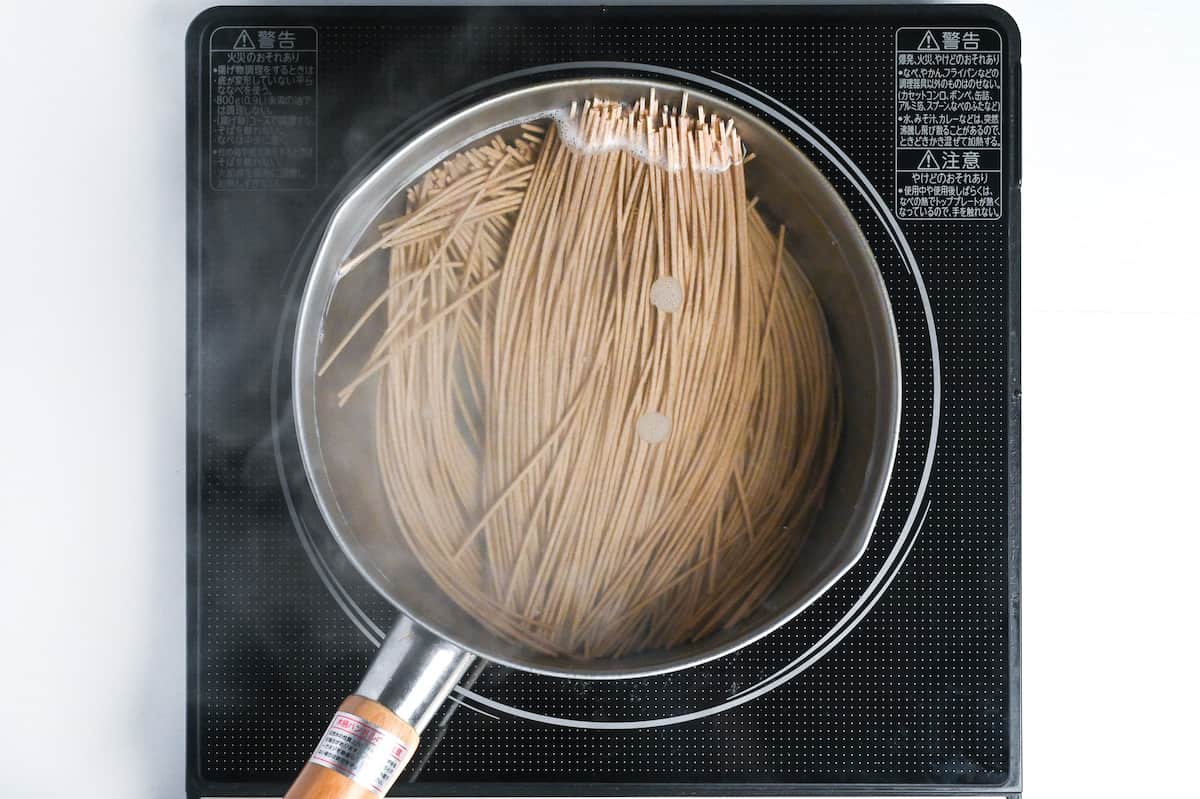
Boil dashi stock with soy sauce and mirin, adding salt. Turn off the heat after boiling.
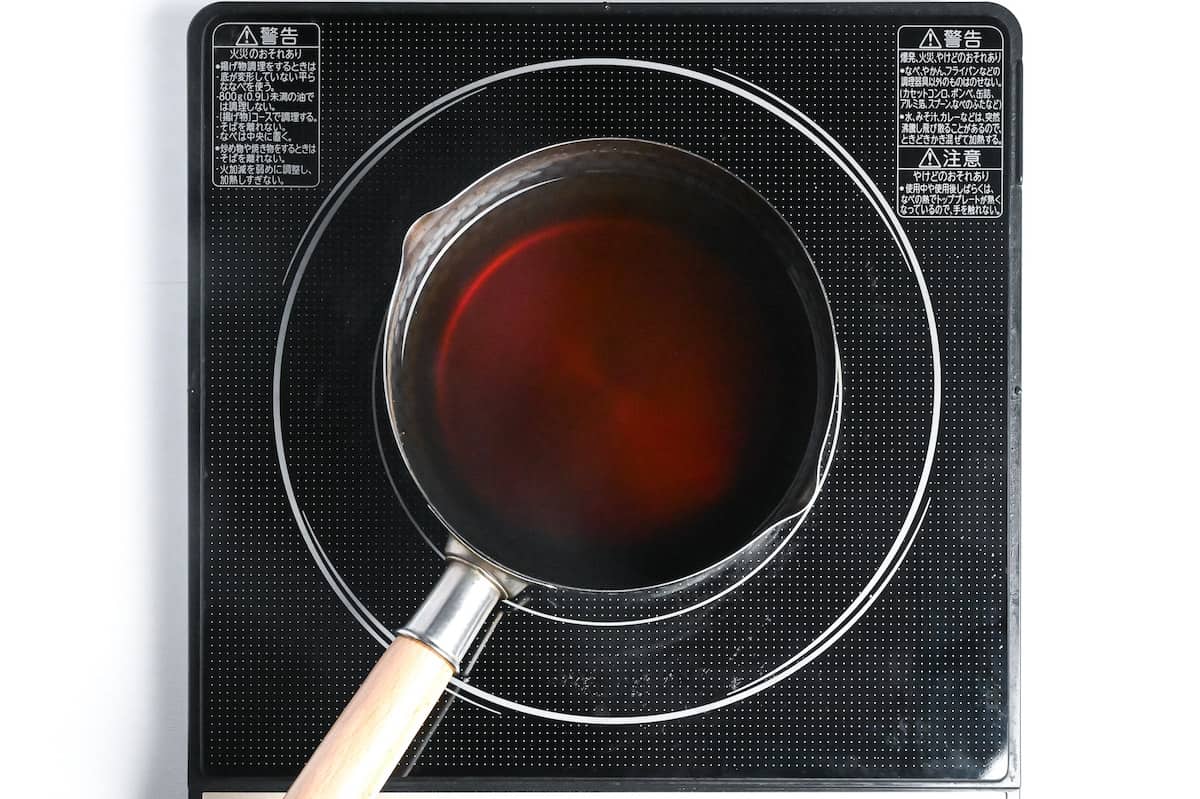
Pour broth over noodles and top with tempura. Garnish as desired.
Jump to Full Recipe Measurements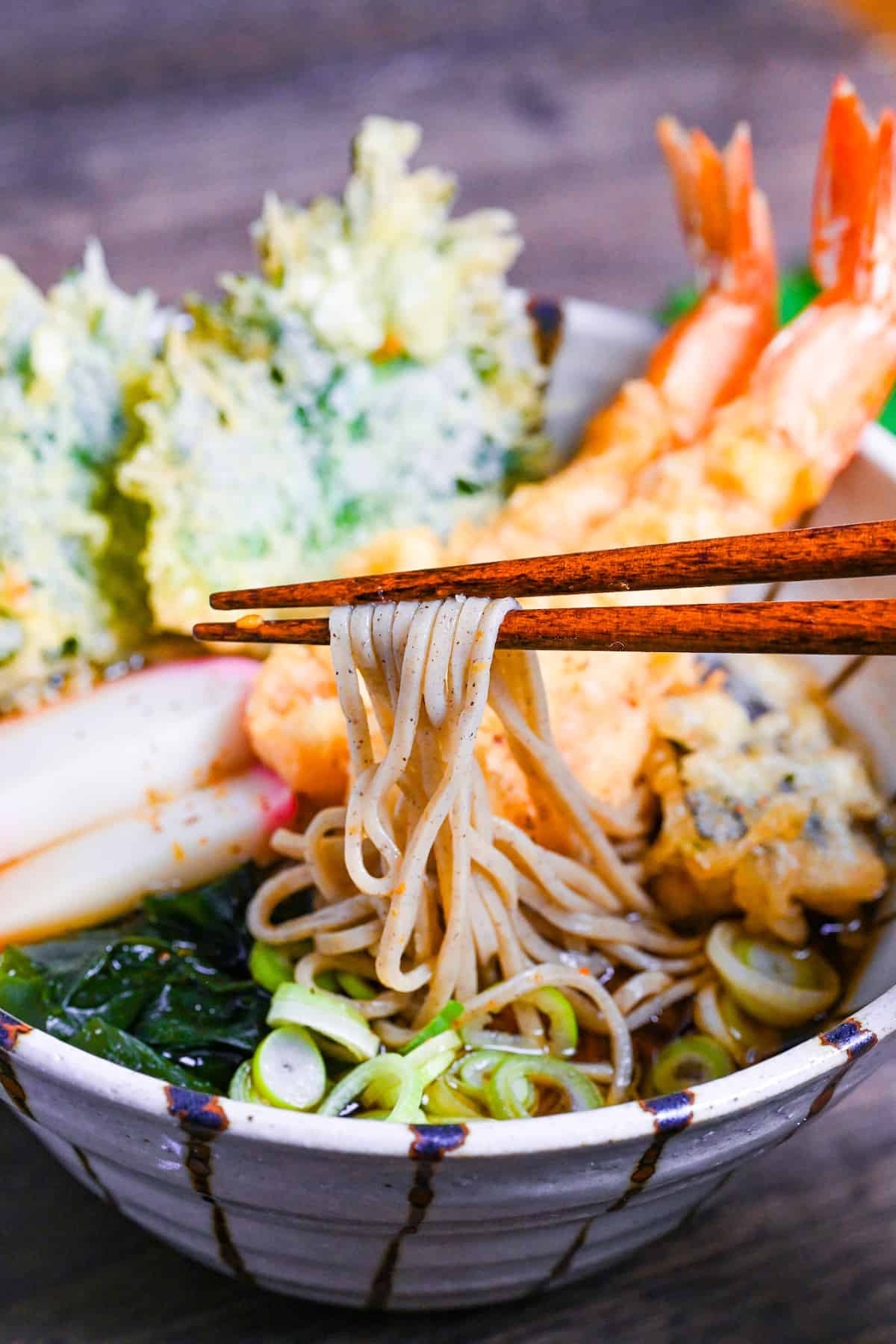
I hope you enjoy this Tempura Soba recipe! If you try it out, I’d really appreciate it if you could spare a moment to let me know what you thought by giving a review and star rating in the comments below. It’s also helpful to share any adjustments you made to the recipe with our other readers. Thank you!
More Japanese Soba Recipes
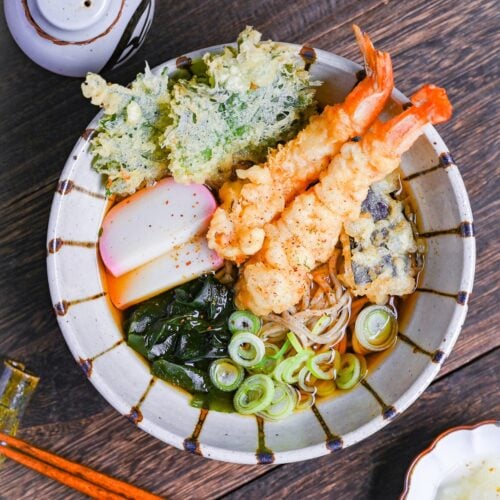
Tempura Soba Noodle Soup
Ingredients
Tempura
- 150 ml cold water chilled
- 100 ml soda water (or club soda) chilled
- 30 g cornstarch sifted and chilled in fridge
- 150 g cake flour sifted and chilled in fridge
- cake flour for dusting
- 1 egg chilled
- 8 giant tiger prawn or similar large prawns
- 4 fresh shiitake mushroom stems removed
- 100 g eggplant cut into wedges and soaked in cold water
- 8 perilla (shiso) leaves ooba/shiso
- cooking oil for deep frying
Soba
- 1000 ml dashi stock
- 5 tbsp soy sauce
- 2 tbsp mirin
- ½ tsp salt
- 400 g dry soba noodles approx 100g per serving
Toppings (Optional)
- finely chopped green onions to garnish
- kamaboko fish cake
- Japanese chili powder (shichimi togarashi) (shichimi togarashi) optional
- wakame seaweed
Instructions
Prepping the Prawns
- First, deshell 8 giant tiger prawn leaving the tail on, and remove the veins.

- Place the prawns in a bowl with 2 pinches of salt and a tsp of cornstarch and rub it over the surface of the prawns. The salt is to dehydrate them so they fry better and the corn starch helps clean them.

- After a few minutes, run the prawns under cold running water to rinse off the salt and cornstarch, and pat them dry with kitchen paper.

- Next, cut the tails. Place the shrimp on its side and with the tail folded in half and trim it diagonally. The pointy tip should be cut off and be the shorter part of the diagonal. (This stops oil from splattering out when it's frying and makes a nice presentation.)

- Turn the prawn so the underbelly is facing up, and make diagonal incisions along the whole body. The incisions should be about 1cm apart and go about 1/2 way through the prawn.

Tempura
- Preheat your oil to 180 °C °C (356 °F). While you wait for it to heat up, take 150 ml cold water and 100 ml soda water (or club soda) from the fridge and pour them into a bowl.

- Add 1 egg and whisk. Remove any foam with a spoon.

- Take 150 g cake flour and 30 g cornstarch from the fridge and add it to a bowl one third at a time. Mix roughly between each addition. (It's fine to have lumps.)

- Dry your prawns and vegetables (4 fresh shiitake mushroom, 100 g eggplant, 8 perilla (shiso) leaves), then lightly coat them in flour. Dust off any excess.

- Test your oil by adding a drop of batter, if it floats and sizzles it's ready to start cooking.Dip each ingredient in the batter and then place it in the oil. Be careful not to overcrowd the pot. (I recommend cooking each type of ingredient together in batches rather than mixing them. Example: Shiso leaves batch, aubergine batch, shrimp batch etc.) Keep the batter in the fridge between batches.

- Once the batter puffs up and becomes crispy, remove the tempura from the pot before they become golden. Place on a wire rack to allow the excess oil to drop off.

Broth
- Boil 400 g dry soba noodles in a separate pot, follow the instructions on the packaging.

- Bring 1000 ml dashi stock to a boil and then add 5 tbsp soy sauce and 2 tbsp mirin. Boil for 2-3 minutes, then turn off the heat and mix in ½ tsp salt.

- Once the soba noodles are ready, pour them into a colander and then run them under cold water and divide them into serving bowls.

- Pour the broth over the noodles and arrange the tempura on top. Garnish with your choice of toppings.

- Enjoy!
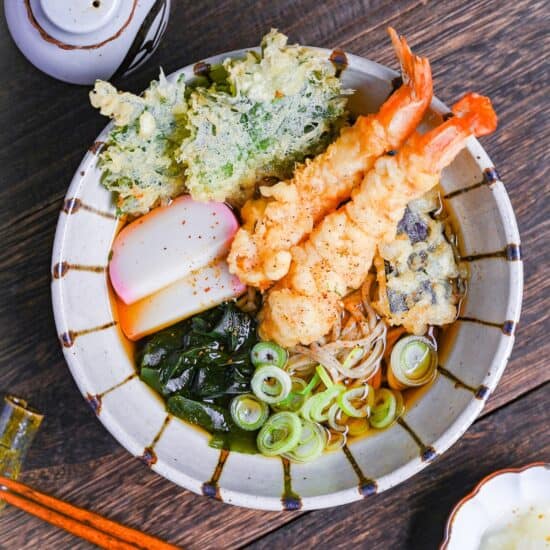


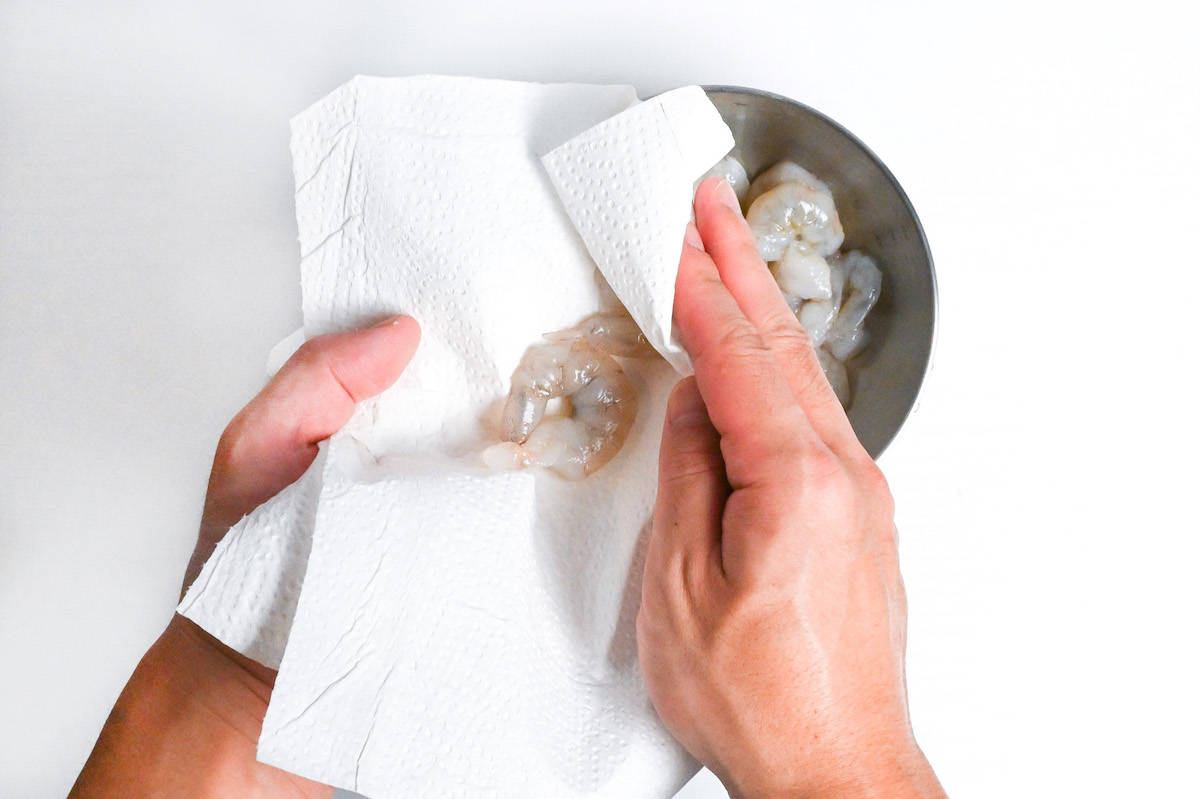
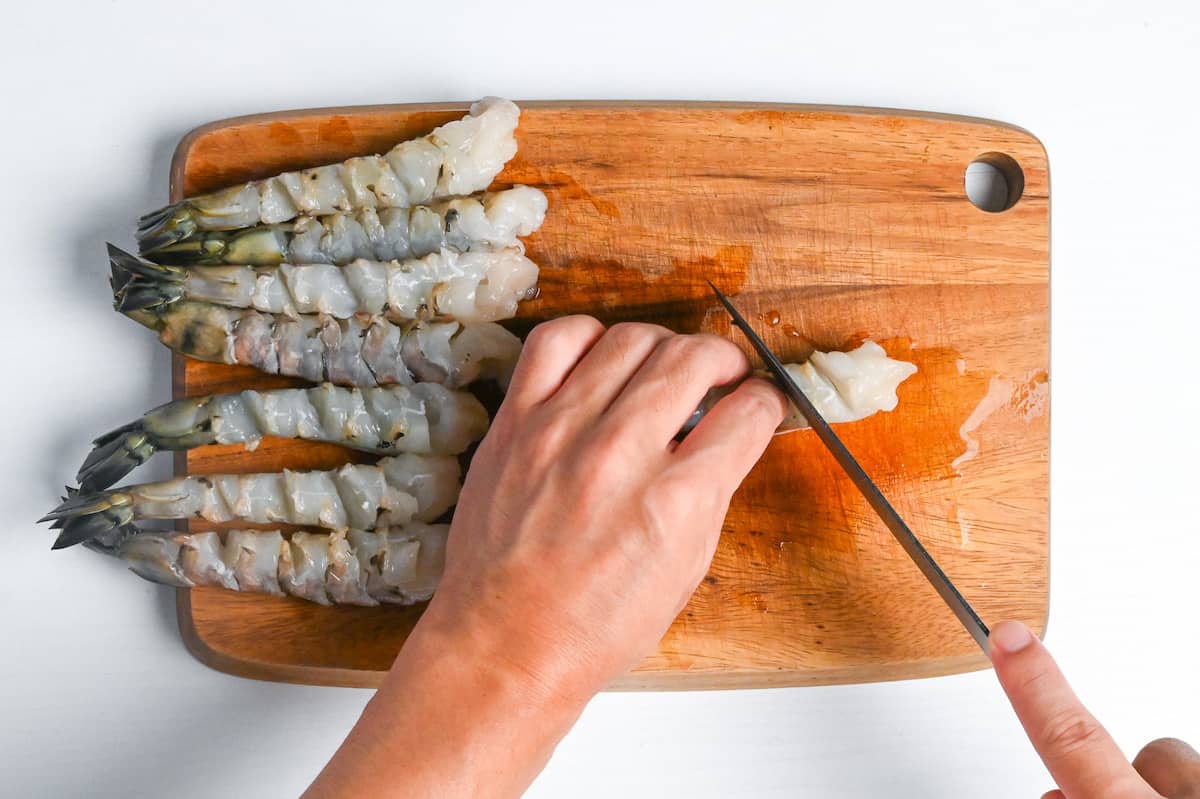
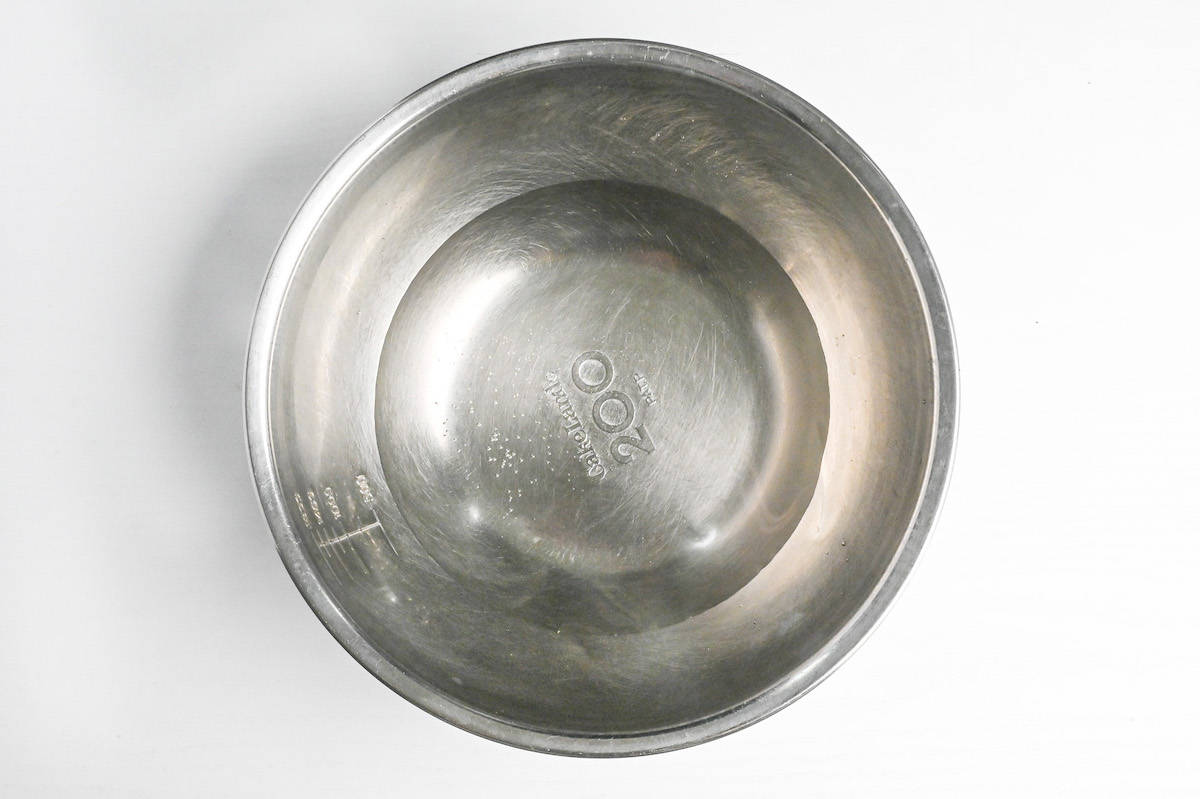
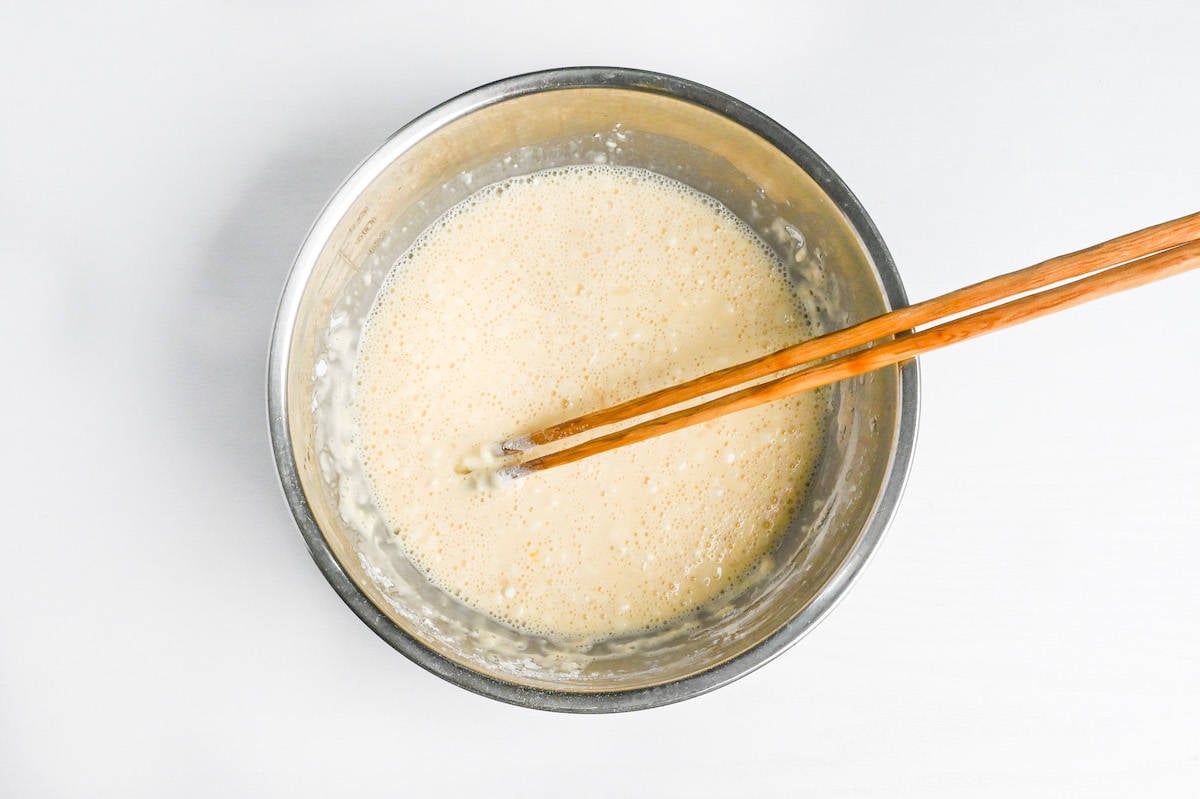
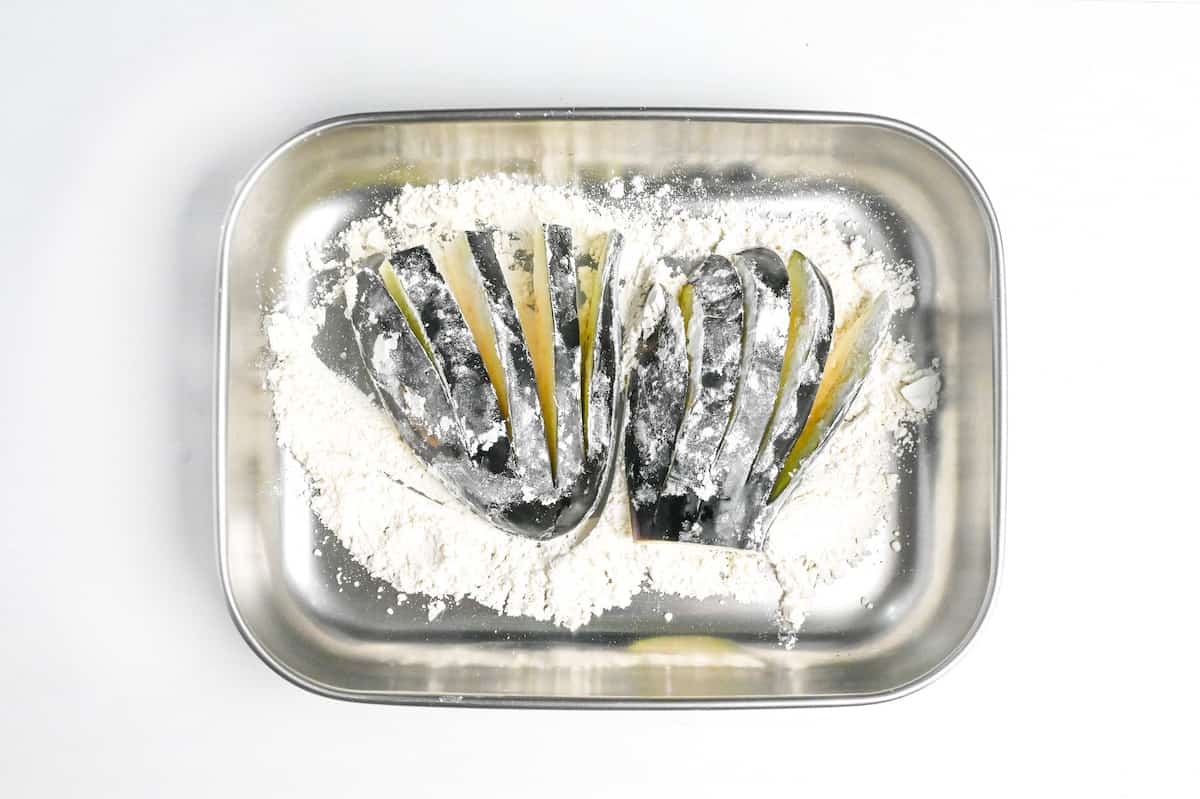
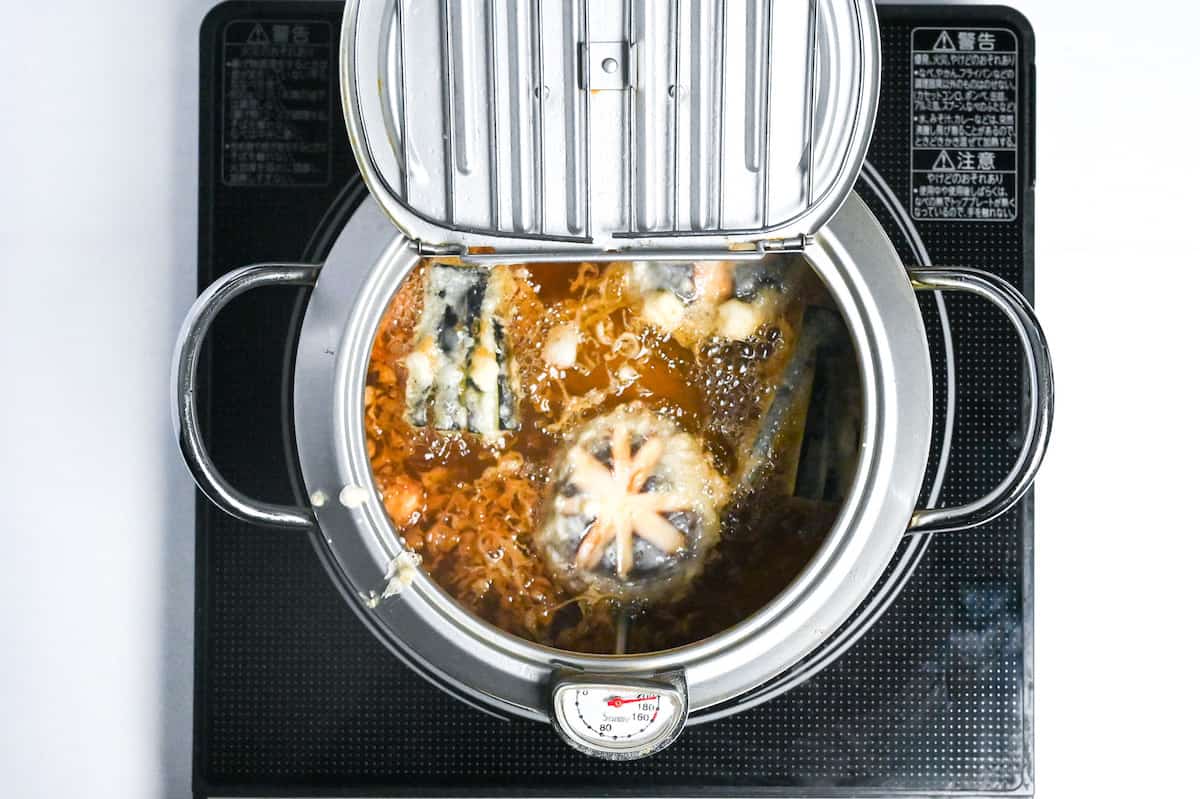
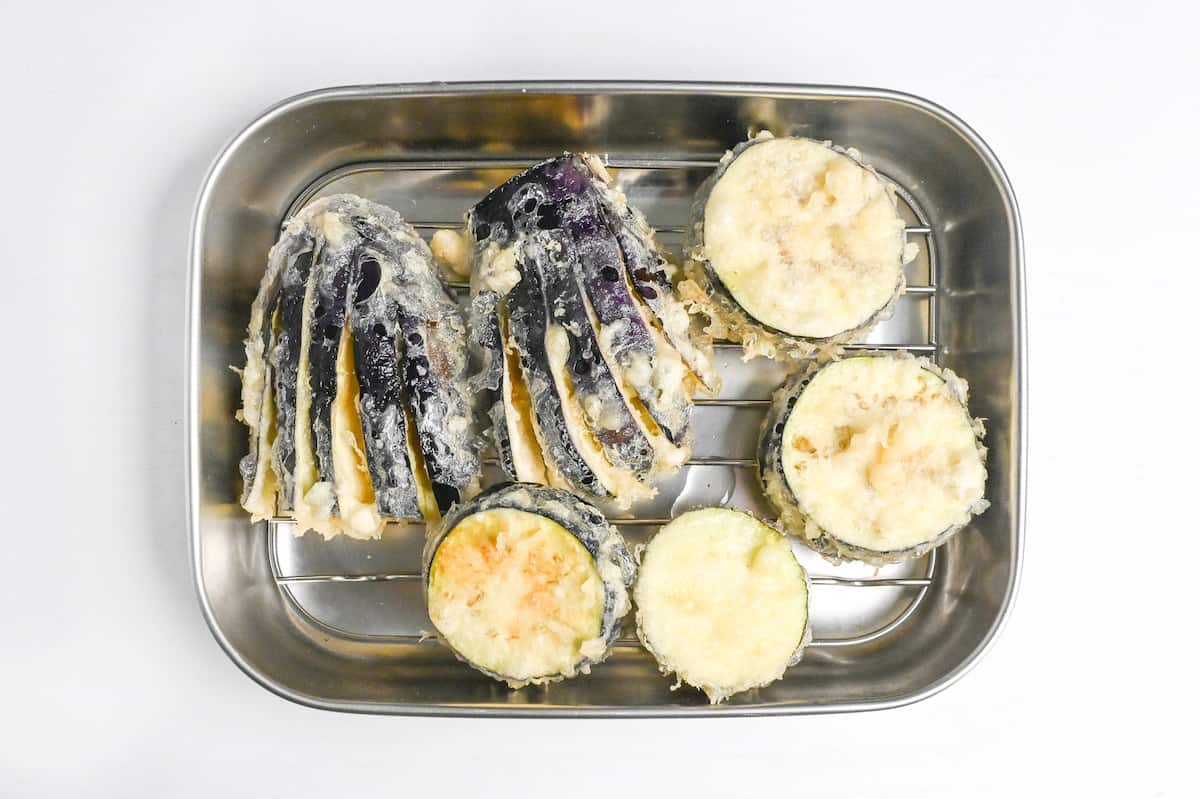
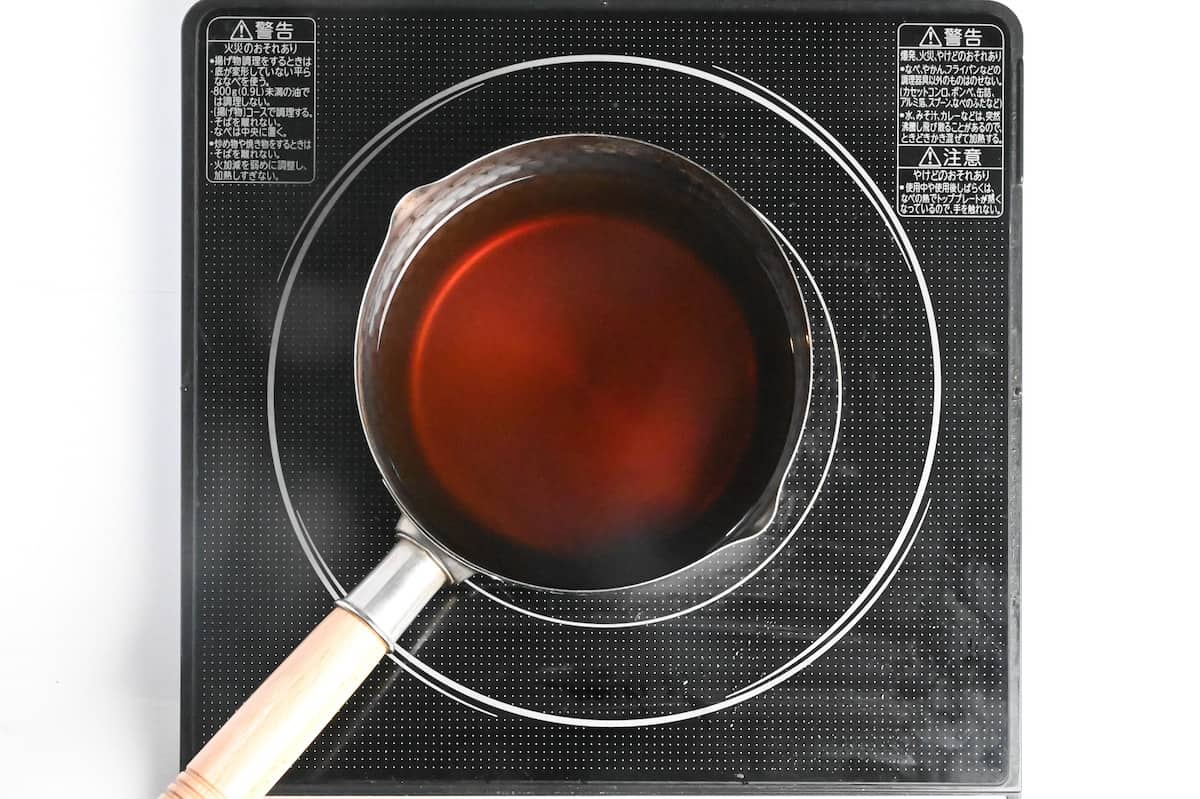
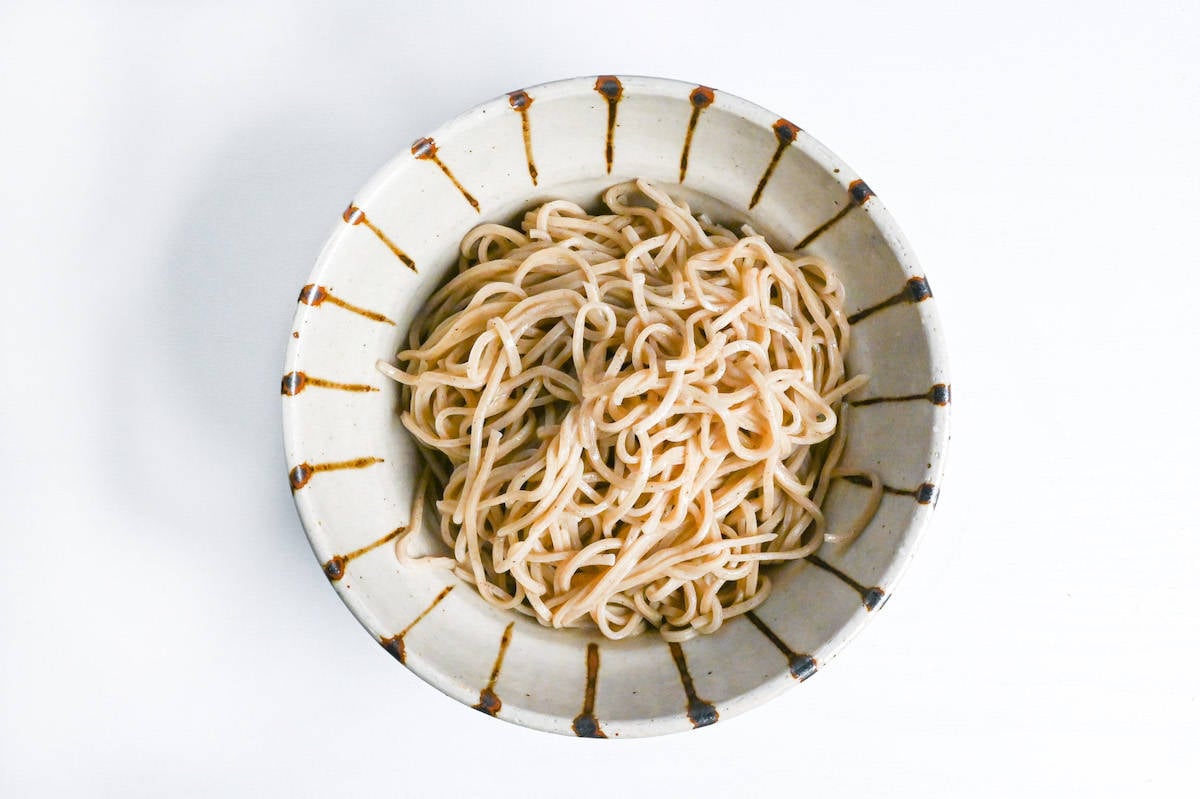
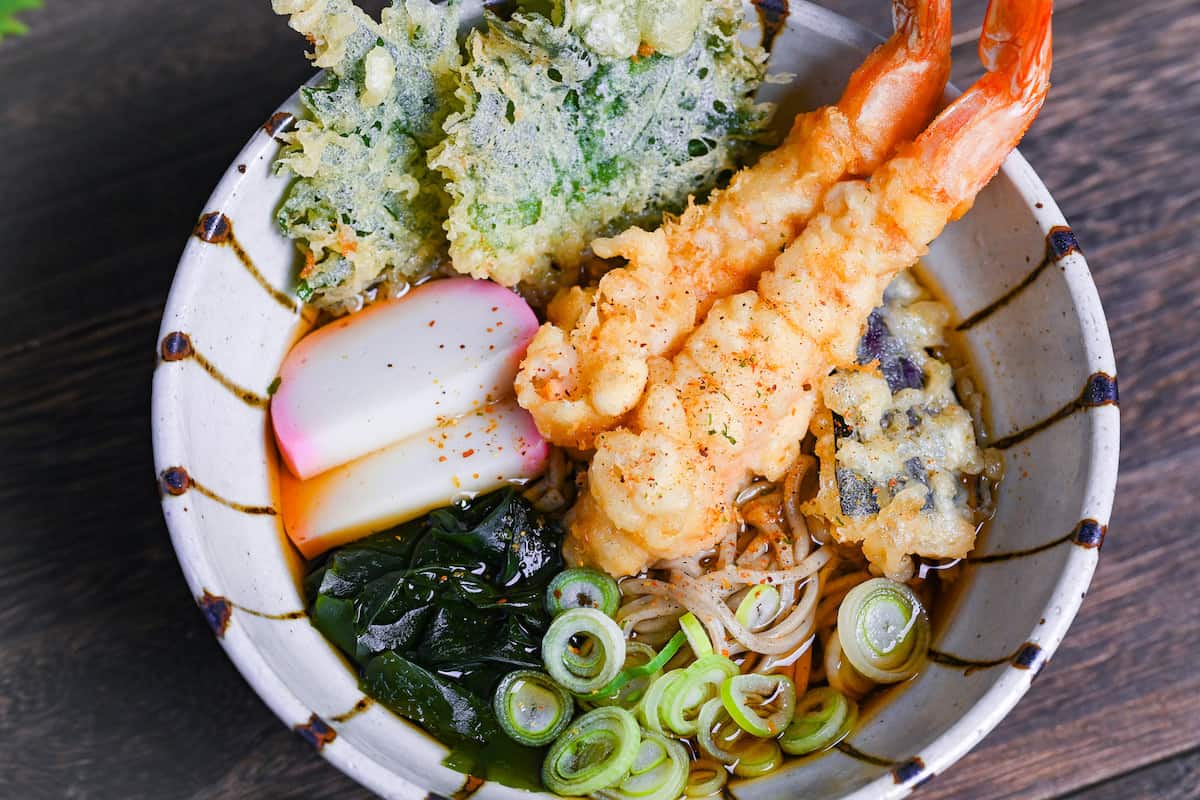
Leave a rating and a comment